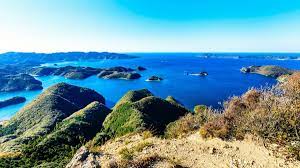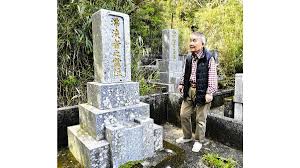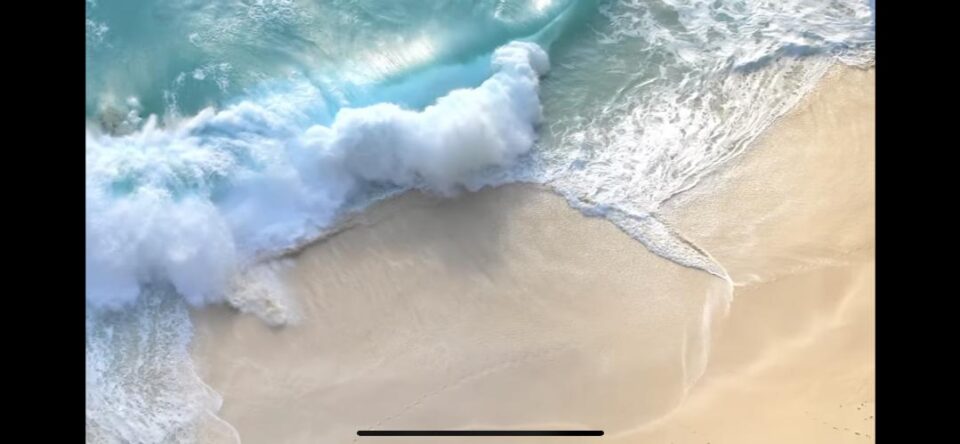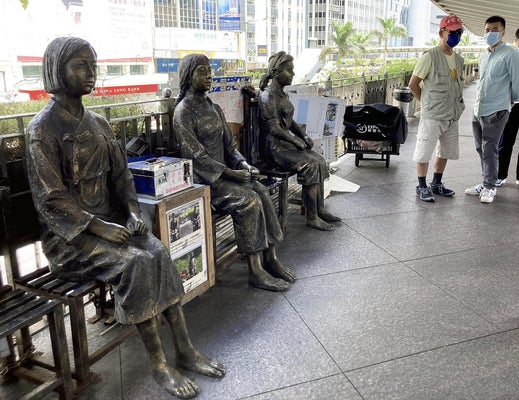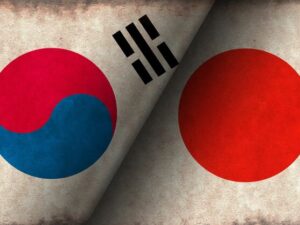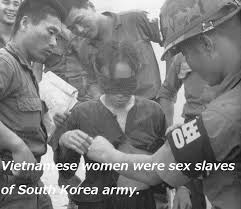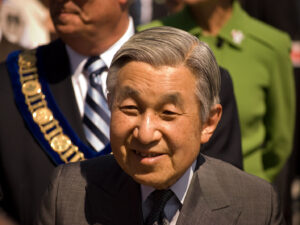In Tsushima, which is located near the Korean Peninsula, there have long been cases of bodies, presumed to be Koreans, drifting ashore or washed ashore after maritime accidents. Although there are no statistics on the number of bodies, in most cases the identity of the victims is unknown. In Tsushima, memorial monuments and graves have been erected and memorial services have been held to offer condolences to the victims. (Yoshito Shimai)
Normally, bodies washed ashore are examined by the Japan Coast Guard and the police, and if the identity of the body is known, it is handed over to the person who took it. However, it is not uncommon for bodies that drift off the coast of Tsushima or wash ashore to be unidentified.
Some of the bodies are believed to have come from South Korea, judging from the Korean characters written on the tags of their clothes and the currents of the tide.
In the days of the six former towns that were the predecessors of Tsushima City, Nagasaki Prefecture, these bodies were cremated by the coastal town where they washed ashore, and the remains were placed in the care of a temple. Currently, the city takes them back and places them in the city ossuary.
A male Tsushima City employee in his 50s said, “When I was in the old town, I worked in the welfare department for seven years and handled more than 20 bodies. I was once in a fixed net,” he recalls.
Memorial monuments and graves have been erected on Tsushima in an effort to mourn those who became “unrelated” to the deceased in foreign lands.
On the island, in 1992, the public and private sectors raised funds and erected the “Memorial Monument to the Victims of the Tsushima Straits” in Omi, Mine-cho, Tsushima City, which commands a distant view of the Korean mountains. The inscription on the monument reads in Japanese and Korean, “Tsushima islanders who wish for the safety of the sea, as friends who share the straits, erect a monument of remembrance here to comfort the unfortunate souls.
In 1993, Taiheiji Temple in Nakamura, Itsukubara-cho, Tsushima City, which had custody of dozens of remains, erected a grave on a hilltop with the inscription “The spirit of the castaway” so that the remains could be seen from the sea. The temple holds a memorial service in front of the grave every year on the Bon festival.
Next year will mark 60 years since the normalization of diplomatic relations between Japan and South Korea. Although both countries face difficult issues, Choki Miyagawa, 81, the chief priest, said, “When someone dies, it doesn’t matter if they are Japanese or Korean. Memorial services are a natural part of being a human being, and we will continue to do so.
Memorial Pagodas for Historical Incidents
In Tsushima, there are monuments and pagodas to mourn the victims of historical incidents and accidents on the Korean Peninsula.
In Waninoura, in the northernmost town of Kami-Tsushima, a monument was erected in 1991, mainly by Japanese and Korean historians, to commemorate the victims of a maritime accident that occurred during the Edo period (1603-1868). The victims were 112 people, including “translators,” a diplomatic mission from Korea that traveled between Korea and Tsushima, who are believed to have been lost on their way to Tsushima in 1703.
The bodies of many of the islanders who were killed in the Jeju 4.3 Incident of 1948 on Jeju Island, South Korea, are said to have washed ashore in the Minato district of Sago, Kamiagata Town. In this incident, islanders who opposed elections under the U.S. military regime were suppressed by the military and police. The bodies that washed ashore on Tsushima are said to have been buried with great care, and a memorial tower was erected in 2007.

